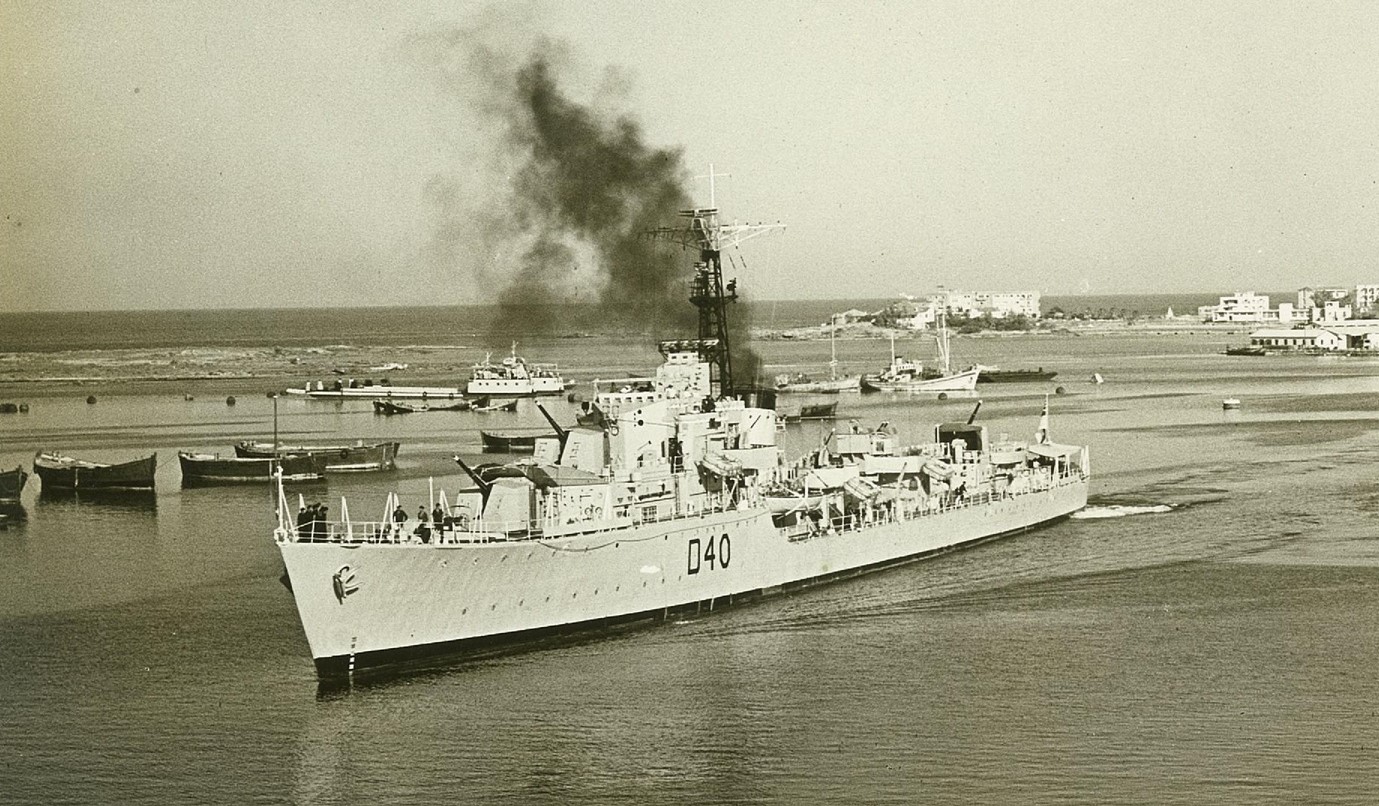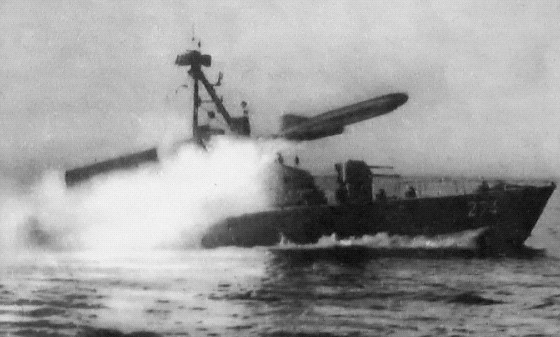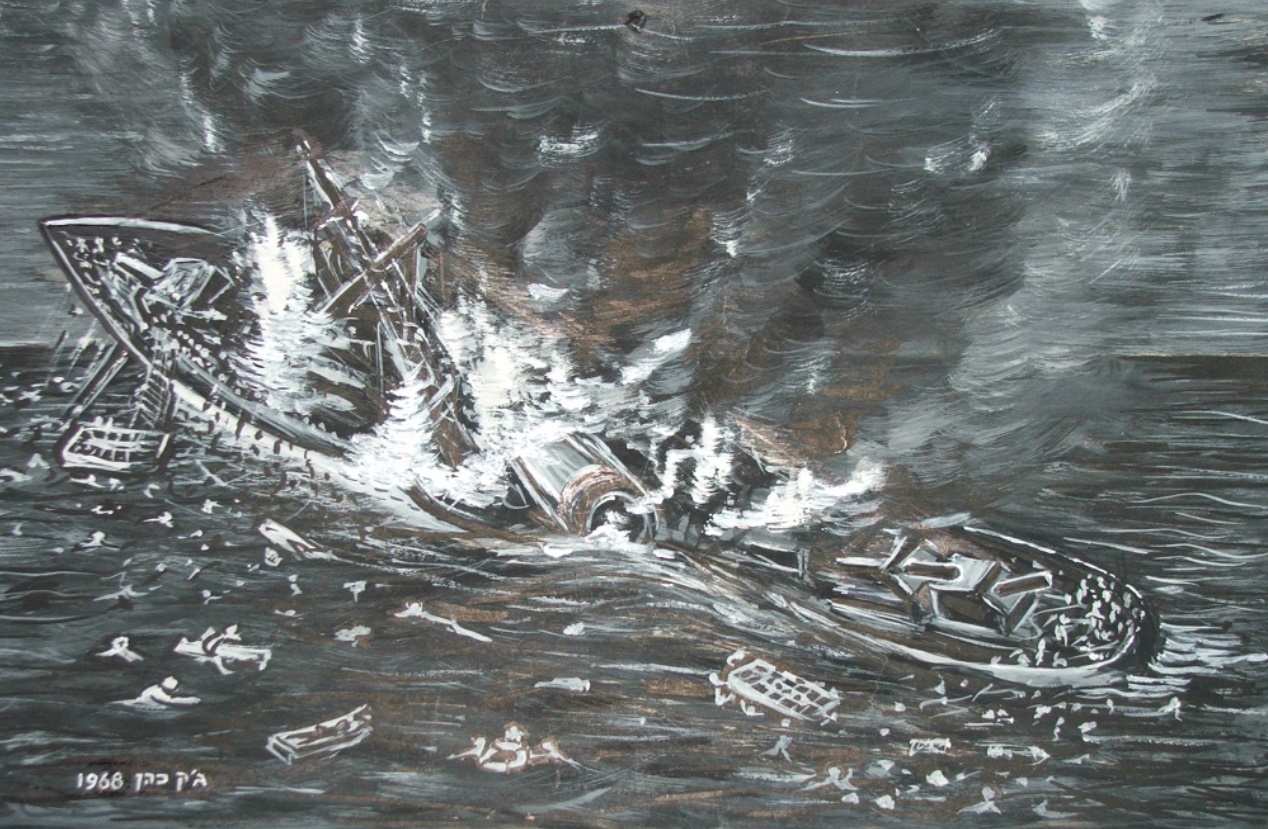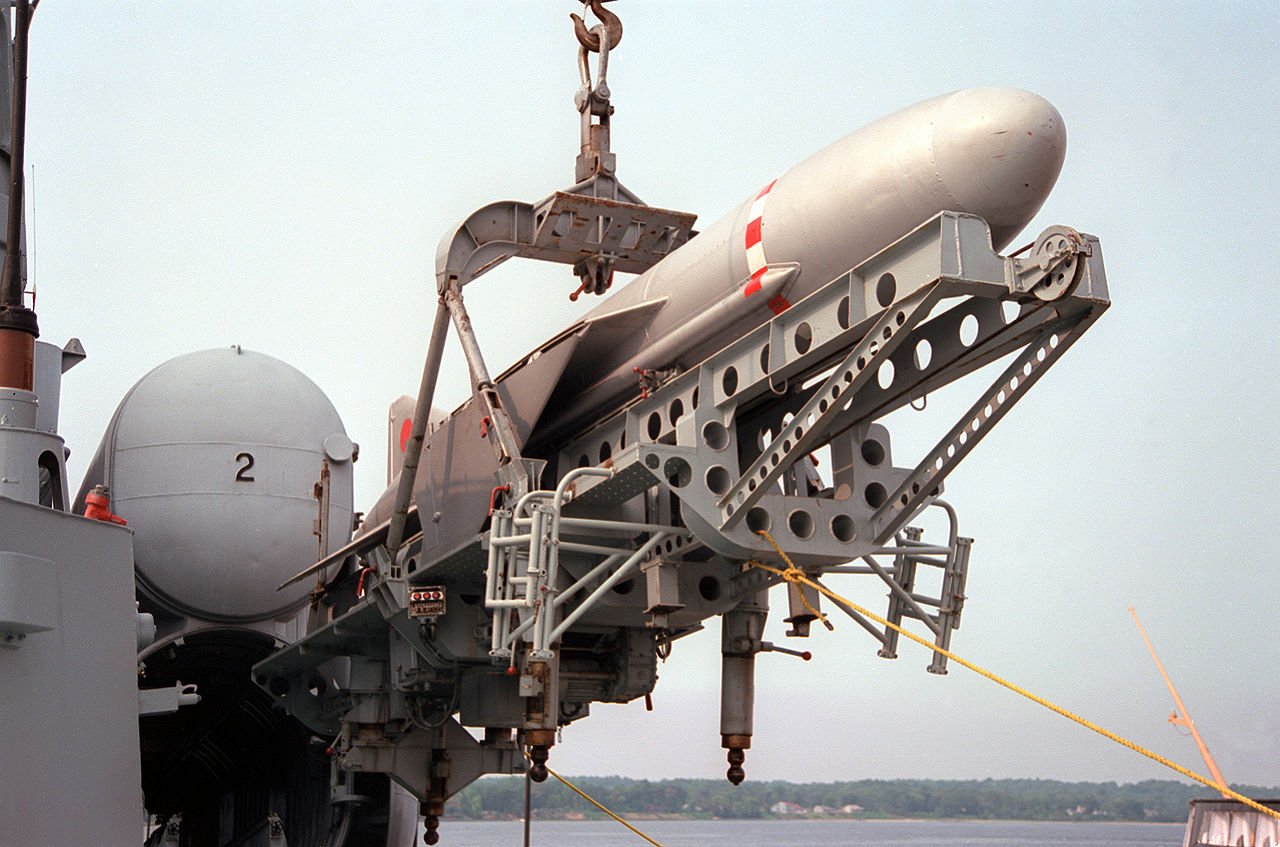On October 21st, 1967, the Israeli destroyer Eilat was on patrol off Port Said, Egypt. Built by the British in 1944 as HMS Zealous, Eilat had been in Israeli service for a dozen years, and was tasked with a route patrol to protect the northern coast of the Sinai Peninsula, acquired in the Six-Day War four months previously. Things hadn't been entirely calm on the patrol. Three months earlier, Eilat had taken part in an action against a pair of Egyptian torpedo boats that had sortied from Port Said and crossed into Israeli waters. She had been assisted in sinking them by two Israeli torpedo boats, but tonight she was alone.

Eilat
Yitzhak Shoshan, Eilat's captain, was careful to keep his vessel in international waters, but neither he nor anyone else onboard expected trouble as sunset approached. The only thing out of the ordinary was an unusual radar signal picked up by the destroyer's ESM equipment. Although Shoshan had previously been the Israeli Navy's chief electronics officer, neither he nor anyone else aboard recognized it as the tracking radar from an Egyptian missile boat in Port Said harbor.
The Soviet Union had begun to deploy anti-ship missiles in large numbers in the mid-1950s, as a way of evening the odds against the overwhelming naval superiority of the NATO powers. The new weapons allowed even small vessels to attack the largest warship, although this wasn't anything new, as the same was true of the torpedo. What was new was the speed and range, along with the fact that the missiles could be guided much more effectively. The Soviets were quick to take advantage of this, building hundreds of small missile boats armed with two or four P-15 Termit/SS-N-2 Styx missiles each. Dozens were transferred to Soviet clients around the world, with Egypt receiving the first of 15 in 1962. The Syrians had also received some, but both powers kept them in port during the Six-Day War, and the Israelis believed that their enemies would be unable to use the weapons effectively.

A Komar class missile boat launches a Styx
Tragically for the crew of Eilat, this was not the case. Around 1700, a lookout reported "Green rocket to starboard". All eyes fixed on Port Said, and saw the greenish glow turned to the orange-yellow of a missile's exhaust as the dark object climbed into the sky and turned towards the destroyer. Shoshan called his crew to battle stations and gave his gunners orders to open fire, then commanded maximum speed and steered to try to present his stern to the incoming missile, minimizing his target profile. The next order was to the radio operator, to inform headquarters about the attack on Eilat. A few of the destroyer's Bofors guns opened fire, but they were unable to stop the Styx, which struck the boiler room on the starboard side. The missile's thousand-pound warhead devastated the destroyer's central section, cutting off all power, starting major fires and interrupting the radioman before he could get more than the ship's callsign out.
Worse was to come, as the crewmen who weren't busy fighting to save the ship soon spotted a second missile, fired by the same Komar class missile boat as the first Styx. The turn started before the first missile hit had continued, and now Eilat's port side was exposed, giving the second missile a perfect target as it speared in. Some of the AA guns opened fire, but they were no more effective than they had been against the first missile, and the destroyer's funnel toppled with the blast. Despite the two hits, Eilat was still afloat, and her crew began to fight the twin dangers of fire and flood. Despite the loss of most of the damage-control experts in the engineering spaces, they were able to hold back the flames. And the communications team worked to cobble together a radio and call for help. They eventually succeeded, and while contact with the Navy headquarters proved impossible, they were able to reach Army units in the Sinai, who passed the word that they needed rescue.

Eilat sinks
By now, Eilat was beginning to settle, and with the assurance that help was on the way, Shoshan began making preparations to abandon the stricken destroyer. The rafts the crew would normally have used had been destroyed in the conflagration amidships, and new ones had to be improvised, with the most wounded crew loaded onto them and set afloat. Codebooks were thrown overboard in weighted bags, and the depth charges were safed to make sure they didn't go off and injure or kill the survivors. At last, the order was given for the crew to abandon ship, about two hours after the first missile hit. Shoshan remained aboard for a final sweep for any overlooked survivors, and was just finishing up when the third Egyptian missile arrived. The missile struck near the stern, destroying what buoyancy Eilat had remaining. Shoshan had to scramble into the water, turning just in time to see his command's bow poised above the waves. Just as it sank, the fourth missile arrived, detonating in the water near where Eilat had gone down.1
The loss of Eilat was a major blow to the Israeli navy, and the incident sent shockwaves through the naval world. For the first time, surface-to-surface missiles had sunk a warship at sea,2 with startling accuracy. Three of the four had hit, the fourth missing only because the target had sunk from under it. Many proclaimed the obsolescence of the large surface ship in the face of the missile boat, ignorant of the long list of similar predictions that had ended in failure. Cooler heads pointed out that Eilat had been two decades old and not modernized, with pitiful AA armament and no electronic defenses, and she had given the Egyptians the best possible target. With technical and tactical countermeasures, the problem looked manageable, and both the RN and USN had been thinking about it for a decade or so. Jammers and chaff were soon installed on most warships, and navies revised their doctrine to minimize the threat of the new missiles. In the longer term, new missiles like Harpoon were developed to attack FACs before they could strike. And if they failed, the missiles would be handled by active defenses, SAMs and automatic guns.

A Styx missile
Events since 1967 have amply confirmed the wisdom of this choice. While the Israeli Navy, which had abandoned larger ships in favor of missile boats in the wake of Eilat's loss, achieved success against Egyptian and Syrian missile boats in the 1973 Yom Kippur War, this was largely due to effective use of electronic warfare and the limitations of the Styx missile in battle conditions. Other actions have made the limitations of small missile boats brutally apparent. Small craft have limited space for sensors and command crew, and the biggest limitation on the use of modern anti-ship missiles is finding the target in the first place. A larger vessel, usually aided by its onboard helicopter, is far better at this, and will almost certainly kill the missile boat before the boat can bring its firepower to bear. Perhaps the best example is the Battle of Bubiyan in 1991, when the Iraqi Navy tried to flee to safety in Iran. 21 of the 22 vessels in the flotilla (a mix of FACs, landing craft, minelayers/sweepers and others) were sunk, primarily by helicopters operating from nearby ships. Today, the hysteria around FACs has calmed, but the effects of the period when they were going to make all conventional surface ships obsolete can still be felt today.
1 The timeline for all of this is curiously scrambled. The interval between each pair of missiles is reported as anywhere from 5 to 20 minutes, depending on the source. I don't speak Hebrew, and sources on this engagement in English are curiously lacking. ⇑
2 Guided missiles had sunk ships at sea almost a quarter-century before, but they had all been air-launched, and because they were in the middle of WWII, apparently didn't have the psychological impact of Eilat. ⇑

Comments
Is the name Eilat or Eliat? Both occur in this post.
It's Eilat. I obviously had trouble with spelling it, and apparently forgot to clean it up. Should be fixed now.
Out of a crew of 199, 47 were killed or missing and 90–100 were wounded.
Oops. That was in the post at some point, but must have gotten cut when I was revising.